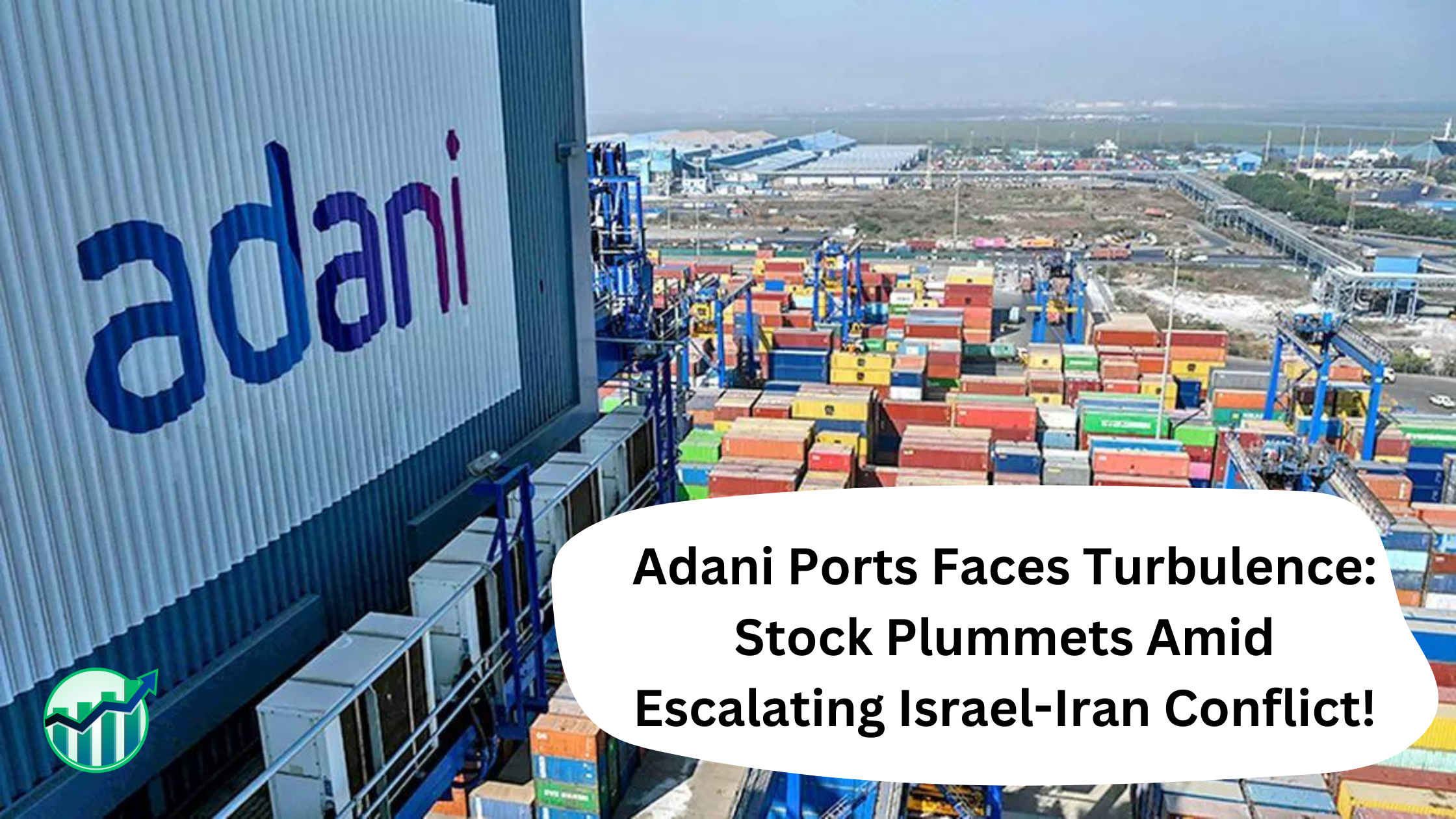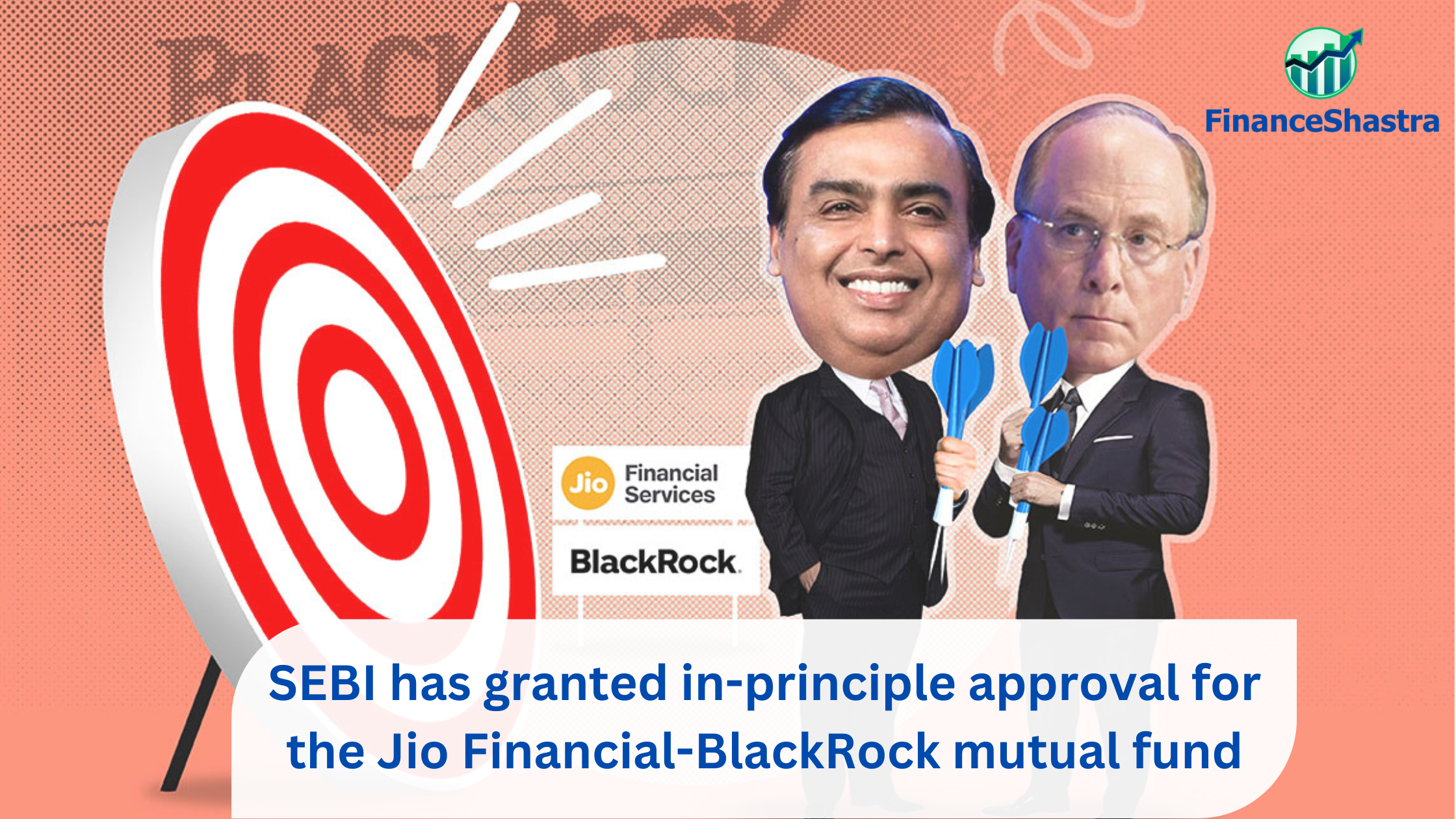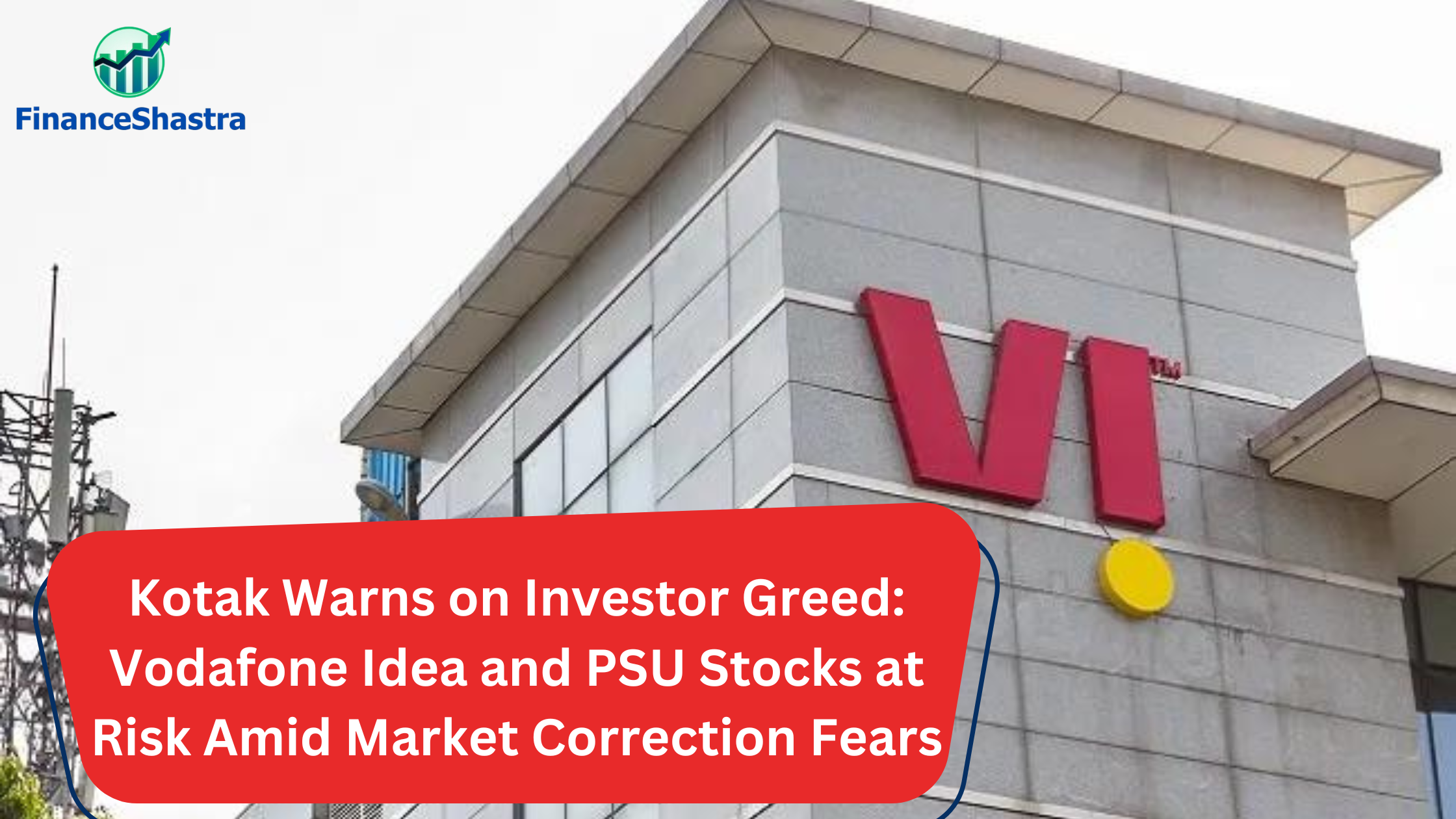Ashok Leyland: Gears Up to Launch Hydrogen-Powered Truck in 2 Years
Date: October 7, 2024
Executive Summary
Ashok Leyland Ltd. (NSE: ASHOKLEYNSE) is a leading player in India’s commercial vehicle and defense sectors. As of the latest market close, its stock is priced at ₹222.42, reflecting a decrease of ₹2.97 (-1.32%). With a market capitalization of ₹661.72 billion and a P/E ratio of 27.05, the company faces an evolving market environment. Ashok Leyland’s innovation focus and advancements in alternative fuel vehicles offer promising future prospects. This report provides a detailed analysis of the company’s financials, strategic growth plans, and the latest developments in green mobility.
Latest Developments
Hydrogen-Powered Truck Launch and Electric Truck Deliveries
Hydrogen-Powered Truck:
On October 2, 2024, Ashok Leyland announced its plans to commercially launch India’s first hydrogen-powered truck within the next 18-24 months. This follows the unveiling of India’s first hydrogen internal combustion engine (H2-ICE) powered heavy-duty truck, in collaboration with Reliance Industries, in February 2023. The company is positioning itself as a leader in green transportation, with hydrogen-powered vehicles representing a significant step towards sustainable energy solutions.
Electric Truck Deliveries:
On the same day, Ashok Leyland commenced delivery of 180 electric trucks to Billion Electric Mobility, marking the largest single order of electric trucks in India to date. The vehicles, including the BOSS Electric Truck and the AVTR 55T Electric Tractor, will be deployed on key routes, such as Chennai-Bengaluru and Chennai-Vijayawada. The company has also announced plans to expand production of electric trucks at its Hosur plant, focusing on alternative energy vehicles.
CEO Shenu Agarwal’s Statement:
“Ashok Leyland is committed to pushing the boundaries of innovation, leading the shift to green mobility. Our BOSS ICV Electric trucks and AVTR 55T Electric Tractors represent cutting-edge technology aimed at enhancing the customer experience and promoting sustainability,” Agarwal said.
These strategic initiatives reflect Ashok Leyland’s commitment to offering eco-friendly mobility solutions and revolutionizing India’s commercial vehicle industry through green technology.
Company Overview
Founded: September 7, 1948
Headquarters: Chennai, India
CEO: Shenu Agarwal
Employees: Approximately 31,770 (FY)
Website: ashokleyland.com
Ashok Leyland Ltd. is a dominant player in the manufacturing and sale of commercial and defense vehicles. With its recent advancements in hydrogen and electric vehicle technologies, the company is positioning itself for long-term growth in sustainable mobility.
Stock Performance
- Current Price: ₹222.42
- Day’s Change: -₹2.97 (-1.32%)
- Market Capitalization: ₹661.72 billion
- Dividend Yield: 0.00%
- P/E Ratio (TTM): 27.05
- Basic EPS (TTM): ₹8.34
The stock has experienced a slight decline in recent trading sessions. Investors should monitor the P/E ratio relative to industry peers to assess valuation attractiveness.
Fundamental Analysis
Key Metrics
- Market Capitalization: ₹661.72 billion
- Enterprise Value: ₹661.72 billion
- Price-to-Sales (P/S) Ratio: 1.41x
- Net Income: Data pending
- Revenue: Data pending
Ownership Structure
- Free Float Shares: 1.76 billion (59.89%)
- Closely Held Shares: 1.18 billion (40.11%)
Ashok Leyland’s ownership structure shows a strong free float, enhancing liquidity for investors, though the significant portion of closely held shares could influence stock volatility based on insider activity.
Valuation
Ashok Leyland’s P/E ratio of 27.05x suggests that investors are paying ₹27.05 for every ₹1 of earnings, which is relatively high compared to industry standards. The P/S ratio of 1.41x aligns with a fair valuation relative to its revenue.
Historical Valuation Trends
- 2019-2023 P/E Ratio: An upward trend in valuation reflects increased investor confidence and earnings growth.
- P/S Ratio: Steady growth, indicative of expanding revenue.
Financial Health
Debt and Coverage
- Debt Level (2023): ₹450 billion
- Free Cash Flow: Data pending
- Cash & Equivalents: Data pending
Ashok Leyland maintains significant debt, which will require close attention as the company expands into hydrogen and electric vehicle production. Managing cash flows and debt servicing capabilities will be key to ensuring long-term financial health.
Asset and Liability Structure
- Total Assets (2023): ₹400 billion
- Total Liabilities (2023): ₹450 billion
Liabilities exceeding assets raise potential solvency concerns, and investors should monitor the company’s strategies for reducing debt.
Growth Prospects
Green Mobility Initiatives
- Hydrogen-Powered Trucks: The expected launch of the first hydrogen-powered truck in 18-24 months marks a significant development for the company and India’s shift towards sustainable transportation.
- Electric Truck Production: With new electric vehicle models being delivered, and specialized assembly lines planned for the Hosur plant, Ashok Leyland is poised for growth in the electric commercial vehicle segment.
Revenue Streams
- By Source:
- Commercial Vehicles: Dominates revenue generation.
- Financial Services: Offers additional revenue streams.
- By Geography:
- India: Primary market with strong growth potential.
- International: Expanding presence globally.
Risks
- Debt Levels: High liabilities could strain financial flexibility.
- Market Competition: Intense competition in the commercial vehicle sector may impact market share.
- Economic Slowdown: A decline in economic activity could reduce demand for commercial vehicles.
- Regulatory Changes: New environmental and safety regulations could lead to increased compliance costs.





